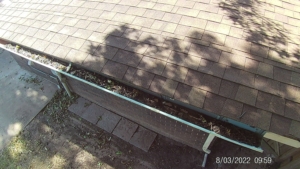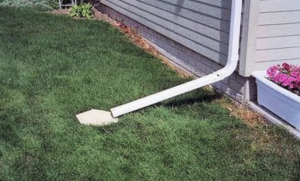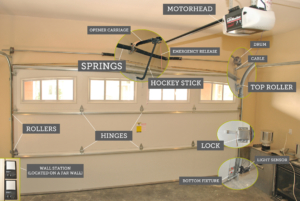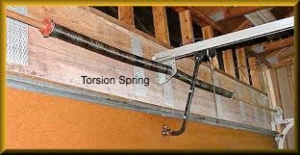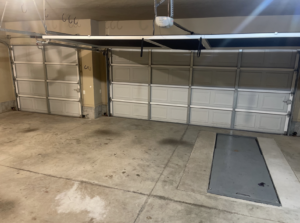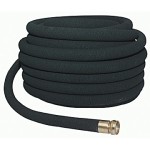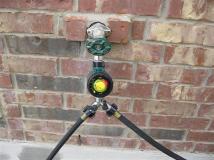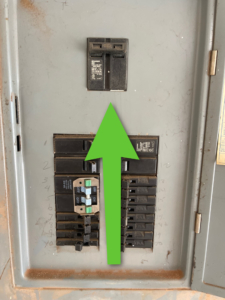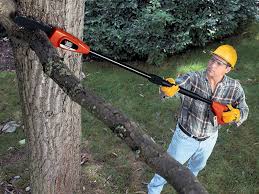
Before an Earthquake
At the writing of this article, Social Media is blowing up with post about the rash of large earthquakes most of us have experienced lately. Last I checked, we have had 7 today alone. One thing I have not seen is how to prepare you home and loved ones for these now daily occurrences.
So, next time you are out running errands, be thinking about items on this list to gather. Next time you sit down with your family, take a moment to talk about these steps:
- Have earthquake supplies on hand, including enough food (good options are canned water-packed meats; high protein breakfast or granola bars; canned or dried fruit; and canned or powdered milk), water (1 gallon per person per day) and paper products for supplies for at least 72 hours; medications you might need and personal hygiene kits; pet food; baby supplies; heavy boots and layers of extra clothing; blankets, sleeping bags; freshly stocked first-aid kit; flashlights; portable radio.
- Move beds away from windows and glass skylights, which could shatter.
- Remove or brace heavy pictures or shelves hanging above beds.
- Secure top heavy furniture, bookcases or china cabinets to studs in walls.
- Place emergency power failure lights in hallways, bathrooms and bedrooms.
- Secure cabinet doors with latches.
- Attach any heavy objects suspended from the ceiling to studs.
- Secure your water heater to the wall with a thick metal strap.
- Consult a structural engineer to make sure that your home is bolted to the foundation and that the structure is properly reinforced.
- Consult with an engineer on the adequacy of your chimney.
- Designate a person outside your area as a message center.
- Have a family earthquake plan for clarity on who will pick up the kids, who’s in charge of pets, and where you’ll meet after a quake.
- Make sure you have adequate insurance coverage.
Sources: The Federal Emergency Management Agency and the American Red Cross
Mother Nature
If you have lived in Oklahoma for at least a decade, you probably consider yourself somewhat of an expert on severe weather and tornadoes. At the time of this article’s creation in 2016, we are arguably the earthquake capitol of the planet. Now that Oklahoma earthquakes are a thing, we need to become experts on another way Mother Nature lets us know who’s boss.
As spring approaches and we spend more time outside (hopefully!), we need to be on the lookout for changes in our homes that may need to be addressed before they become bigger, more expensive problems.
Here is a list that FEMA has put out of things to check as you move in and around your home.
Check The External House Structure
• Survey all portions of your house to see if any part collapsed or sustained damage.
• See if the house shifted on its foundation, or fell away from the foundation in any place.
• Check to see if the house is noticeably leaning, or looks tilted from a distance.
• Look for severe cracks or openings, especially around outdoor steps or porches.
• If inside the house, check to see if you are experiencing seriously increased vibrations from passing trucks and buses.
• Inspect for cracks in external walls. Check to see if existing cracks in the walls are getting bigger.
• Check to see if mortars are separating from the blocks.
• Look for sink holes or large divots in the ground next to the foundation.
Check The Chimneys
• Look for cracks between the chimney and the exterior wall or the roof.
• Look for cracks in the liner.
• Check to see if there is unexplained debris in the fireplace.
Check Utilities
• Are the power lines to your house are noticeably sagging?
• Is the water heater leaning or tilted?
• Make sure all the water connections, dry-pipes, toilets, faucets are secure.
Check the Inside Of the House
• Check to see if doors and windows are harder to open, and if doors do not shut properly.
• Check to see if the roof is leaking. Look for water damage to the ceiling.
• Check to see if the furnace has shifted in any way, and if ducts and exhaust pipes are connected and undamaged.
• If inside the house, check to see if you are experiencing unexplained draftiness. Look for cracks in the walls, poorly aligned window frames, and loosened exterior siding. They can all let in breezes.
• Check to see if the floor is separated from walls or stairwells inside the house.
• Look for cracks between walls and built-in fixtures such as lights, cupboards or bookcases.
• Look for gaps around plumbing pipes that exit the foundation wall.
Aron Ralston pointed this fact out in his book Between a Rock and a Hard Place years ago. Everything in our environment is moving. Some things move quickly, and some move very slowly, but everything is moving.
The ground beneath us is moving much more quickly these days, so be on the lookout for problems that may compromise your homes well being
Home Run Inspections, LLC
Oklahoma: 405-905-9175
Florida: 850-203-3239
Info@HomeRunInspections.com
We Cover All the Bases!
Serving the Oklahoma City metro and surrounding areas including Edmond, Yukon, Piedmont, Bethany, El Reno, Tuttle, Mustang, Moore, Norman, Midwest City, Del City, Choctaw, McCloud, Shawnee, Harrah, Newalla, Jones, and more.
Also Now Serving the Florida Panhandle metro areas including Destin, Fort Walton Beach, Okaloosa Island, Miramar Beach, Santa Rosa Beach, Niceville, Shalimar, Freeport, Crestview, DeFuniak Springs, Panama City Beach, and more.
Schedule Your Inspections Online at:
Oklahoma Scheduler
Florida Scheduler
Like us on FaceBook
Follow us on Twitter
Follow us on Instagram
